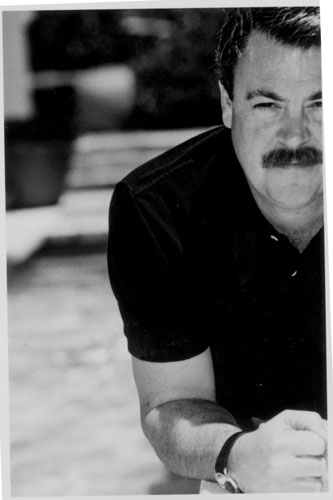A studio with many centres
A ‘global studio’ is much more than just a network of studios in different cities. It is dependent on a truly flexible structure, says Stephan Reinke
The creative industries have grown up around the studio model, and it is with good reason that this arrangement evolved. It has always made sense, both for individual design groups and their clients. For staff, the studio is a workshop, where they can hone their skills on a regional or national level from an established base in an urban centre. For us, we also like to think that our studios embody a sense of place and purpose too.
Under the studio system, however, each studio is entrenched with its locale, and even where a firm is global, the boundaries between each studio can be very distinct. We sought to avoid this. When you are a global group, you run the risk that your studios become silos. We set out to create a ‘global studio’, as opposed to a global network, where ideas and talent could move freely.
The local studio model has its benefits. From the clients’ perspective, part of what they are contracting is the studio culture – the chance to work with a defined group of people who are all accountable, focused and invested in a shared set of values.
The studio model continues to work on many levels, but it is facing a new set of challenges, as the global economy is forcing the creative industries to change the way they operate.
In the coming years, this will be an issue for groups that aim to have an international presence. Going global isn’t just about multiplying your operations, but also about changing the way you are structured. Operating on the basis of a studio model has become the accepted norm, almost an unconscious decision, but does it still work?
To continue to grow, groups will have to adopt a global studio model, where all studios are individual cells of a parent studio. To achieve this you need to listen to your people, both clients and employees. If your structure doesn’t work for them, then it isn’t working.
The traditional studio model is one of centralisation. The studio is based in a city or capital and sources clients from the vicinity. Clients have long since gone global, however, and, to connect to their business, consultancies have followed suit. This has largely been a matter of establishing design studios in other urban centres, duplicating what has worked. Of course, we’ve had to adopt some structures from our clients, and often a studio retains the sense of being a ‘home’ for local business.
For establishing a global network, the capital cities approach works very well, but it can also raise challenges. Consultancies may find that each studio tends toward its own fiefdom – accountable to the group, but also keen on pushing in its own direction.
The most challenging issue we faced was enabling our people to perform within this model. We made a strategic decision to find out what our staff wanted, because although our product is designed, it comes from our people, so our business is literally founded on their knowledge, talent and commitment.
Indeed, the concept of a global network of studios misses the point about what the talent now entering the creative industries – Generation Y staff – demands. They don’t just want the sense of working for a global organisation, but they want to see how their work contributes to the organisation as a whole and experience working in different aspects of the business.
To achieve this means breaking down the fiefdoms that can develop under the network model. One solution is to expand the shareholder base of the organisation, so that every principal also became an owner of the business – a group of shareholders in every studio. This becomes the international ‘tie that binds’.
This has meant that we’ve adopted the global studio model. Decision-making becomes a collaborative process. Such decisions aren’t the responsibility of one person within each studio and studios don’t focus exclusively on their local markets.
For our staff, we have set up a system of forums, feedback vehicles and one-on-one interviews to establish not only their performance, but also their aptitude for working within another studio on secondment or as a permanent relocation.
These changes have meant that the organisation feels truly international now. Principals are accountable to the consultancy as a whole, and staff are able to pursue careers that can span between multiple studios and geographies. All this has helped us to adapt to the challenges of working in a global environment.

Stephan Reinke is managing partner, Europe, at Woods Bagot
GOING GLOBAL
• Make principals accountable to the company as a whole
• Expand the shareholder base
• Break down the boundaries between studios and establish flexible ways of working
• Enable staff to move freely between centres and to see their work in a larger context
-
Post a comment




